strain gauges


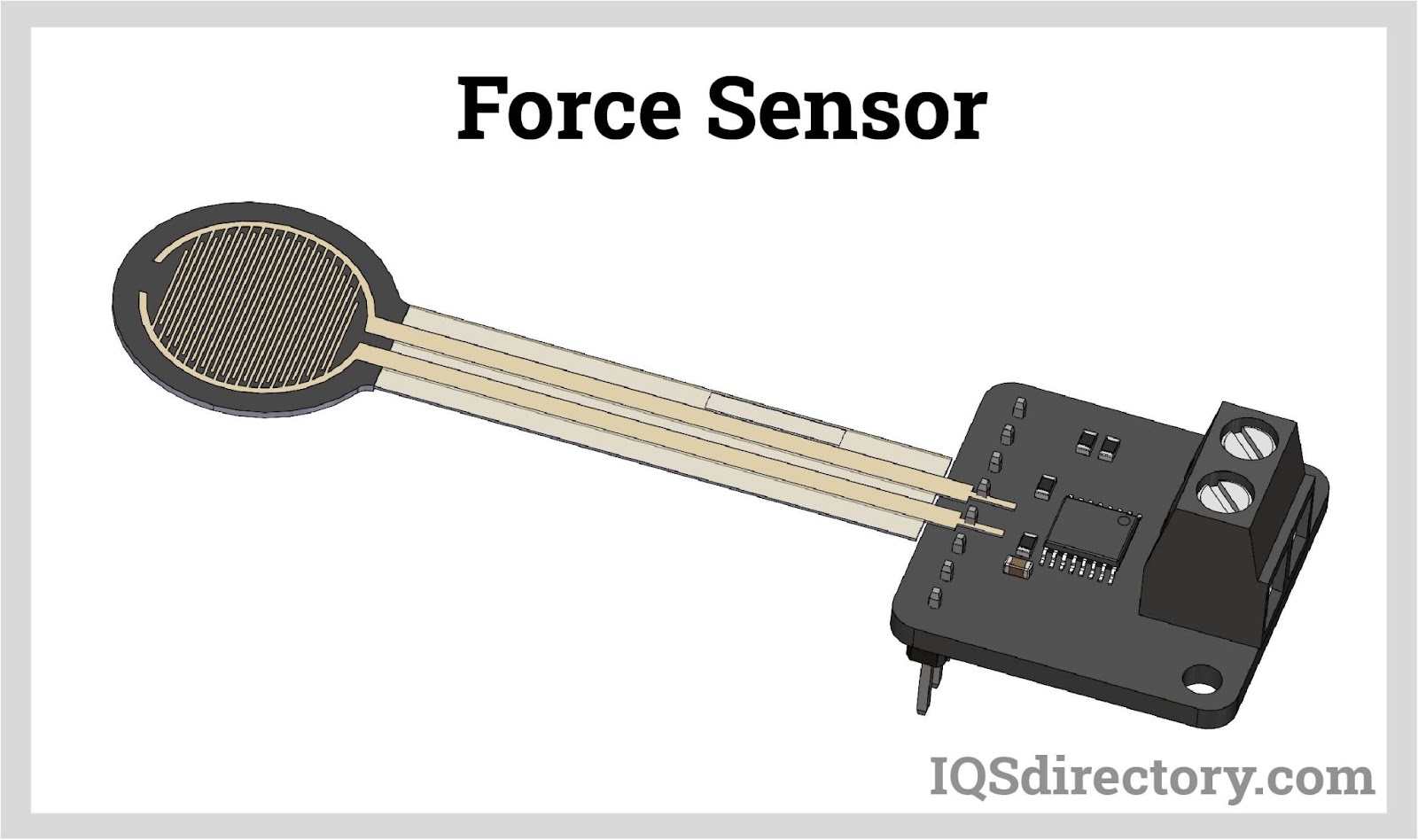
Force sensors are transducers that transform mechanical input forces like weight, tension, compression, torque, strain, stress, or pressure into an electrical output signal whose value can be used to...
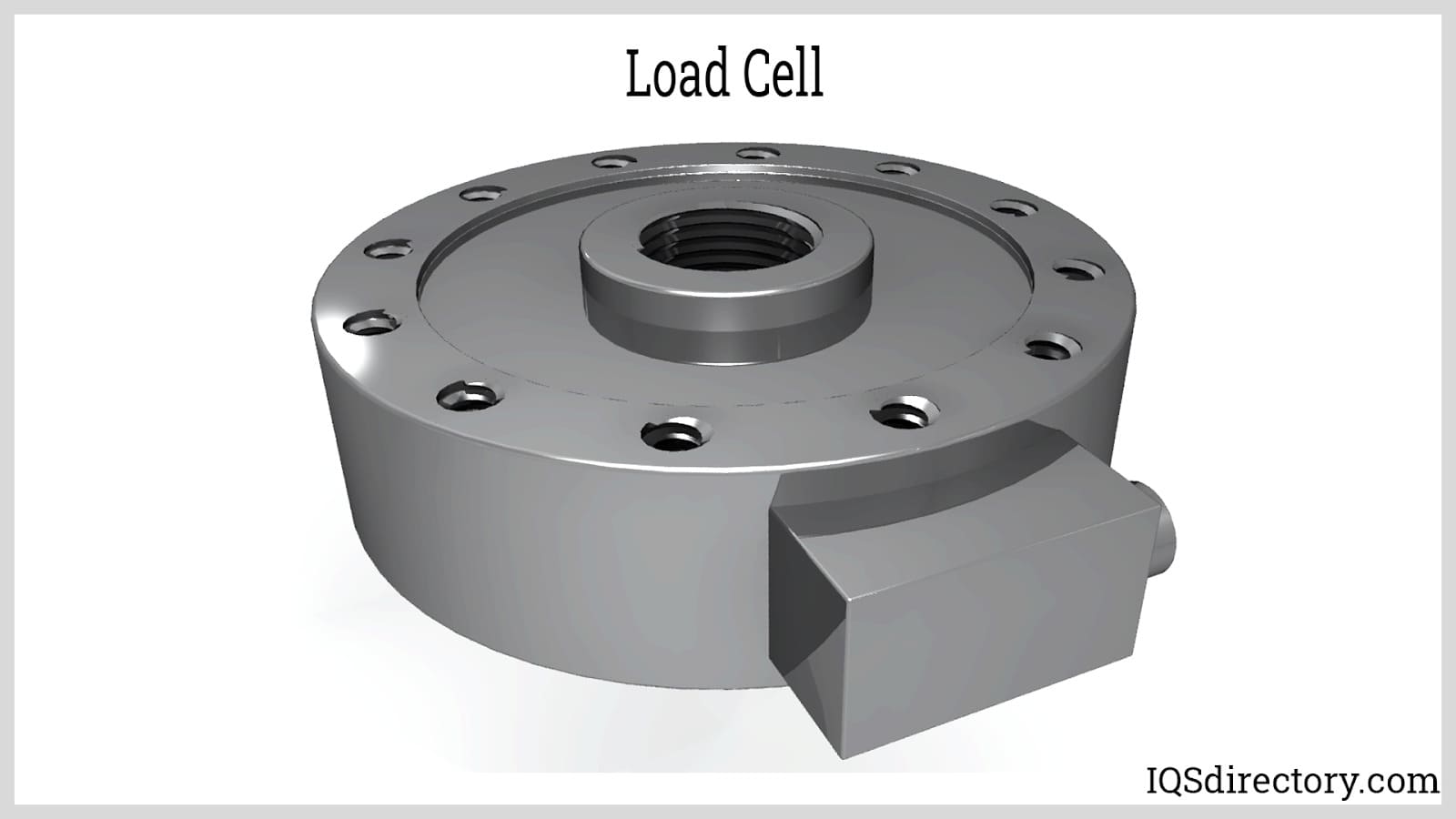
A load cell is a transducer which converts mechanical energy (tensile and compressive forces) into electrical signals. There are different transducer operating principles that can be utilized to convert forces...
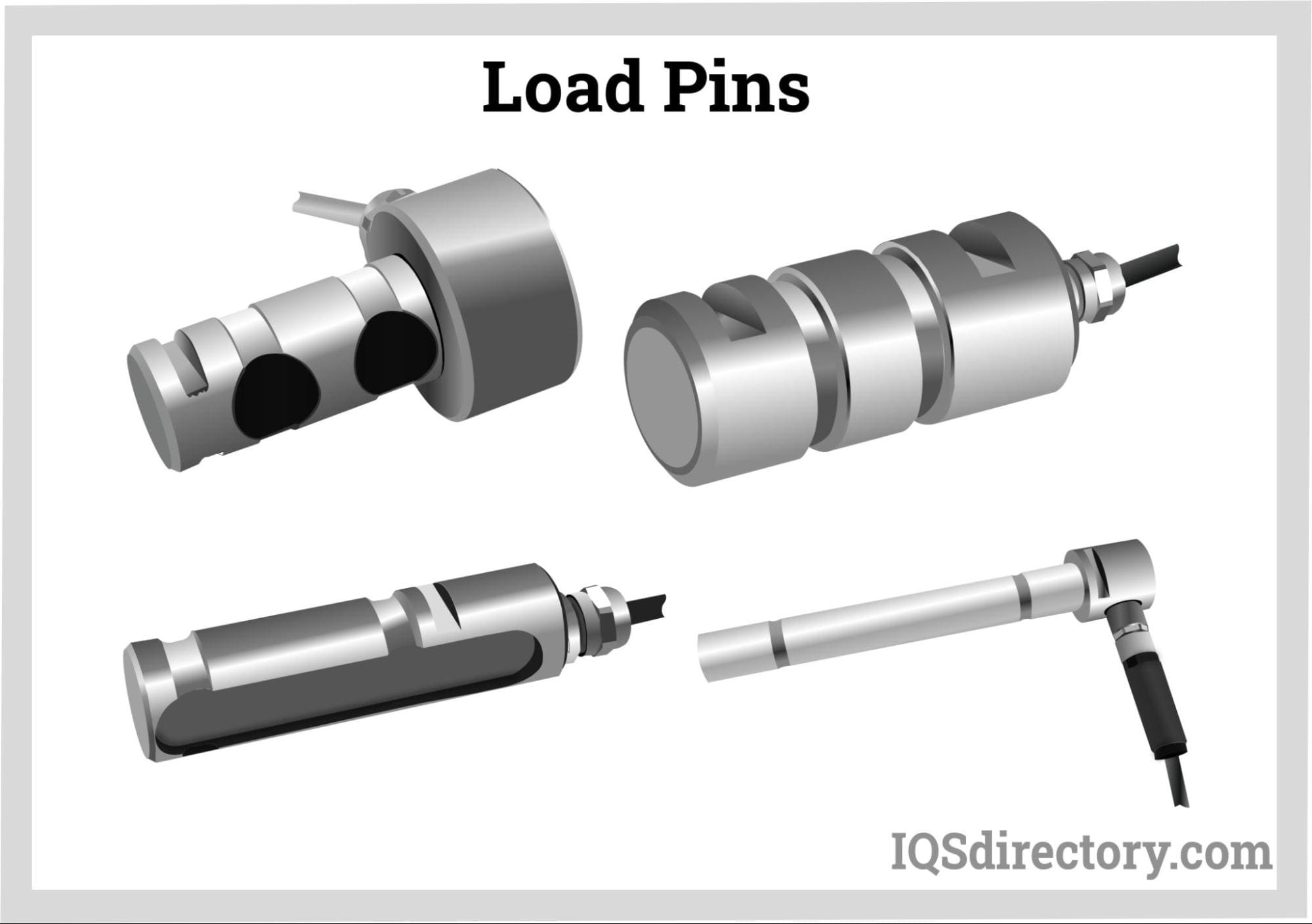
A shaft instrumented with a Wheatstone bridge for detecting double shear deformation is a load pin, also known as a "Clevis pin" or a "dynamometric axle," or a particular type of weight sensor for overhead equipment...
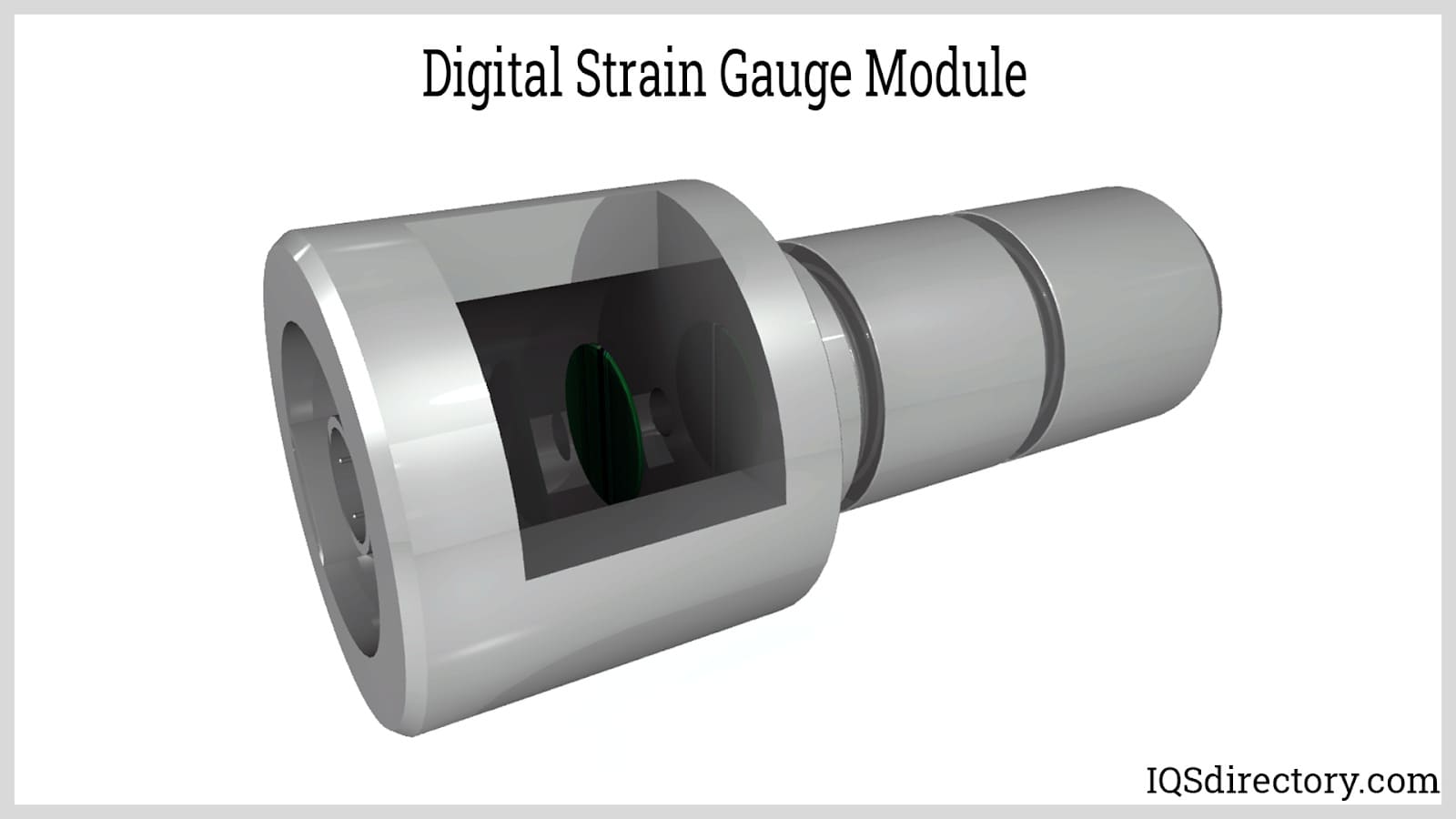
A strain gauge is a sensor for measuring variations in resistance when a force is applied, then converting those changes in electrical resistance into measurements. Strain gauges are made from long, thin pieces of ...
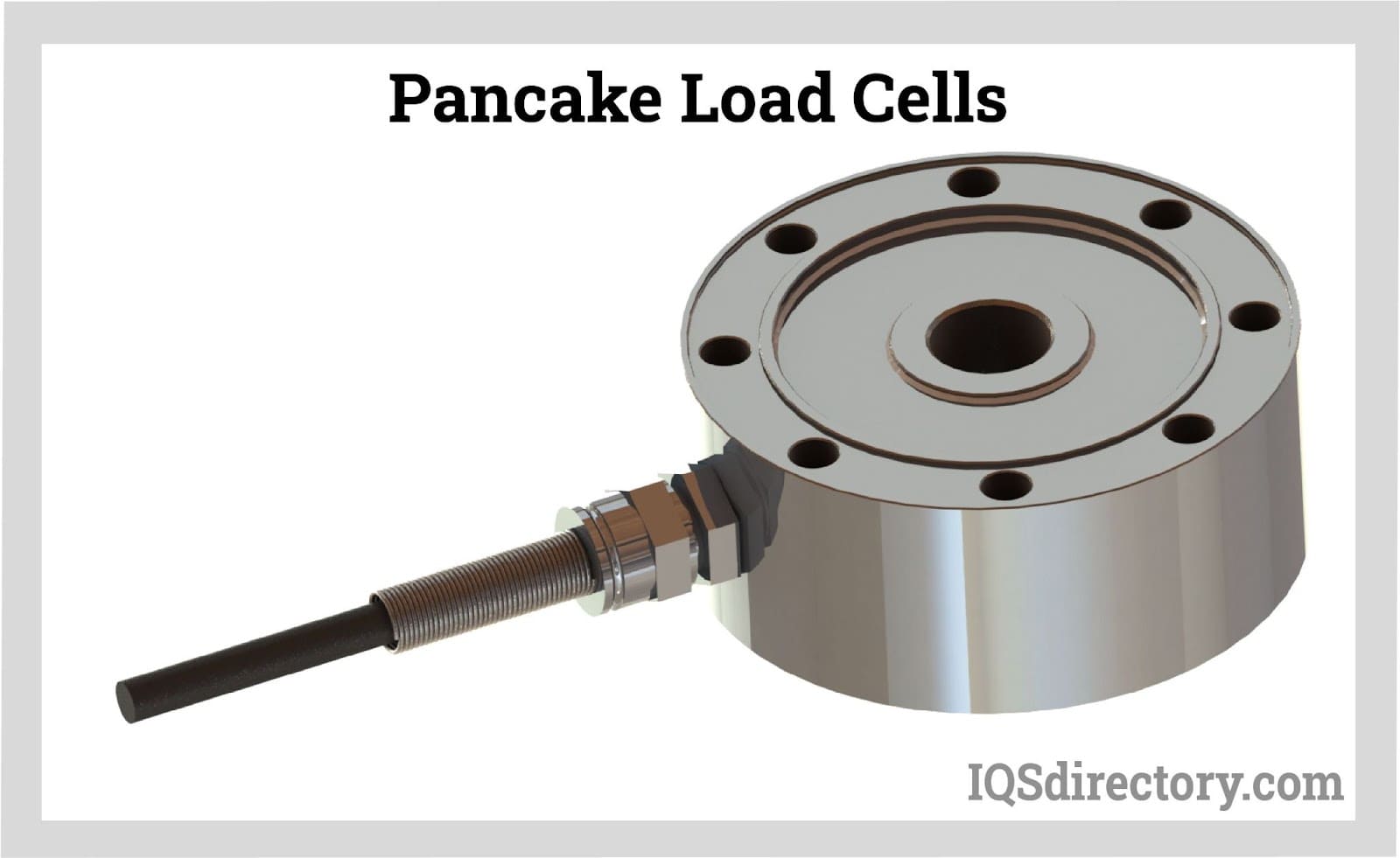
Load cells measure weight in the inner workings of a mechanism. They have a spring, made of steel or aluminum, with a strain gauge. The spring is very sturdy but minimally elastic and responds to every load regardless...
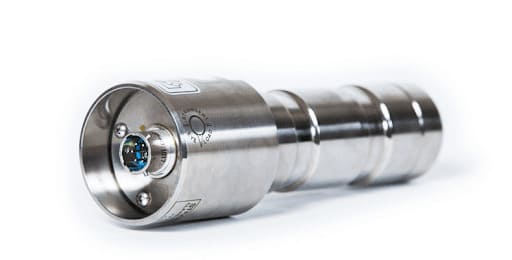
A load pin is a sensor utilized to measure force or weight in various research, control, measurement and testing applications. The load pin force sensor converts a force into an electrical signal. The load pins provide...
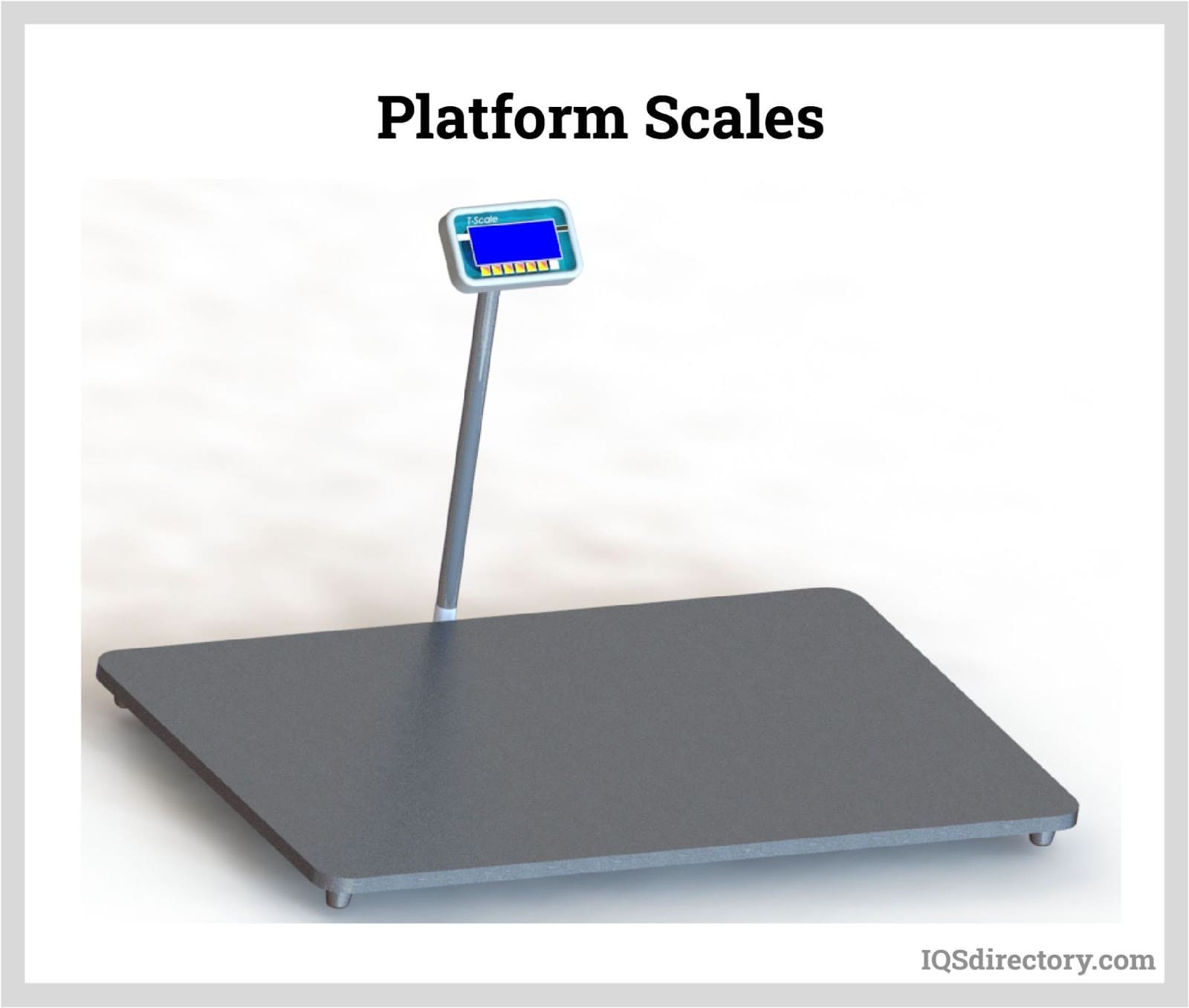
A platform scale is a scale that measures the weight of objects loaded on a flat platform. The function of the platform is to transmit the weight of the object to the internal measuring device and to support the object during weighing...
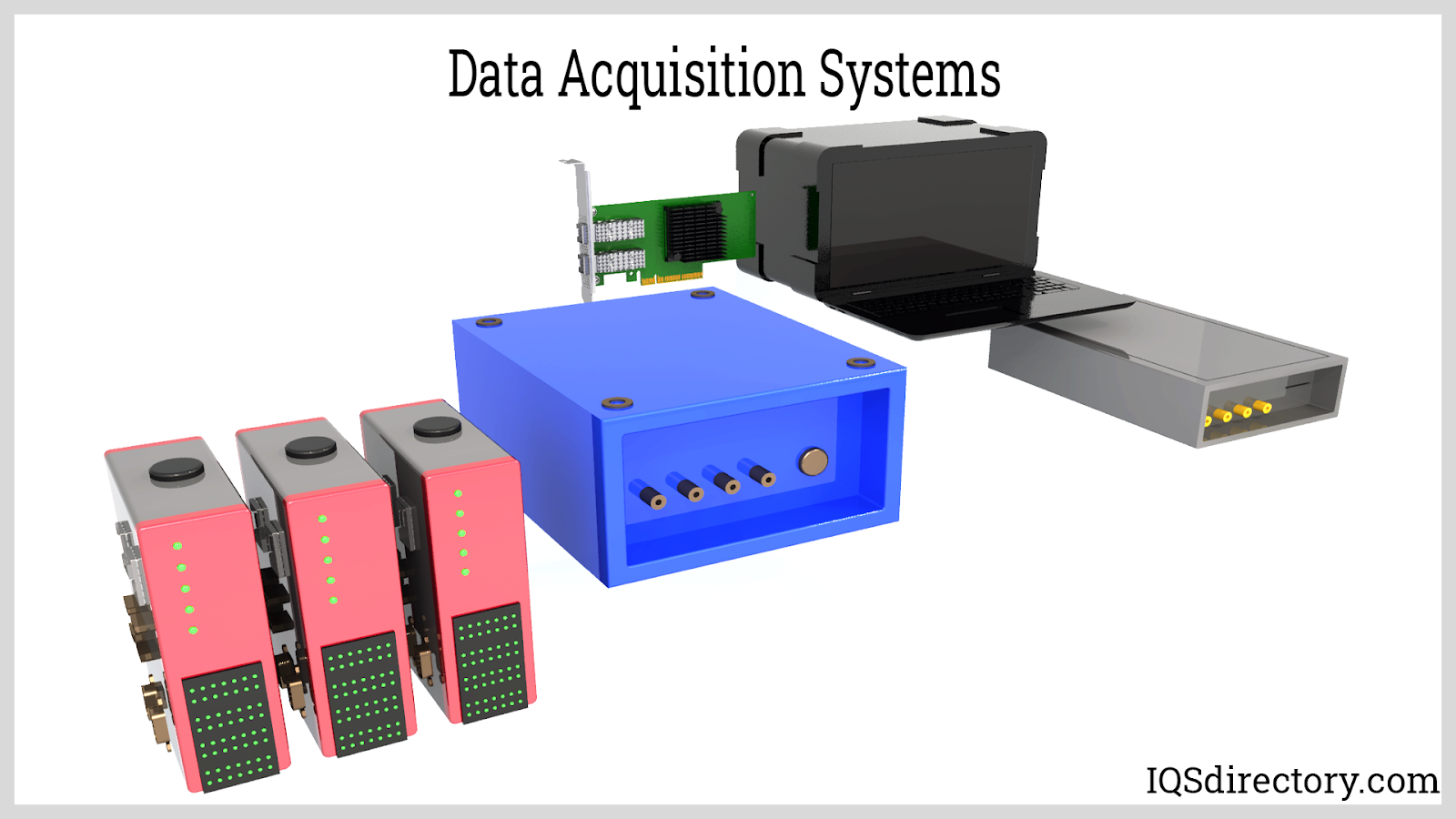
A data acquisition system is a system that comprises sensors, measurement devices, and a computer. A data acquisition system is used for processing acquired data, which involves collecting the information...
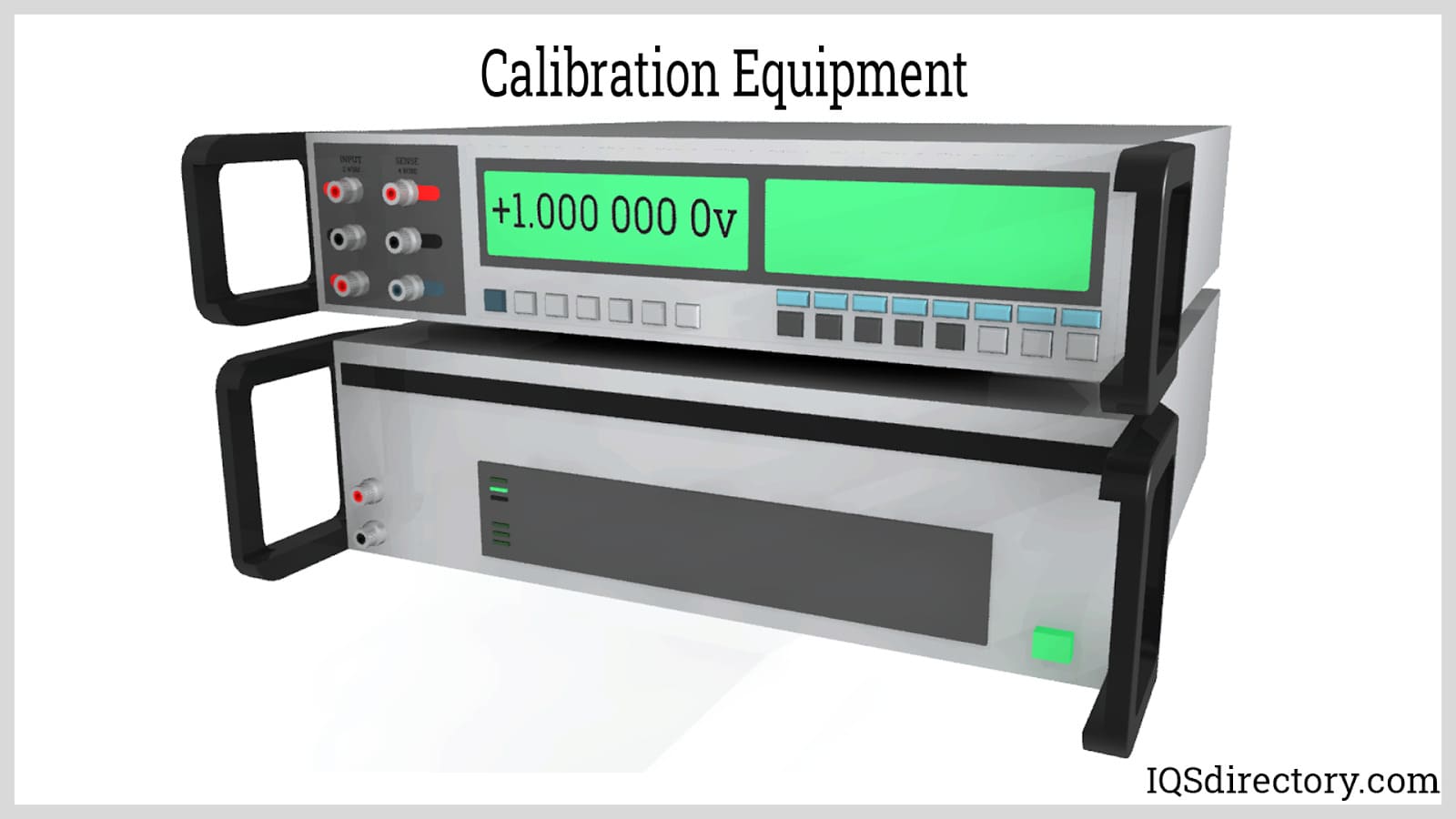
A calibration service is a service aimed at detecting the inaccuracy and uncertainty of a measuring instrument or piece of equipment. In calibration, the device under test (DUT) is compared to a reference of known value to determine the deviation of the measurement from the true value...